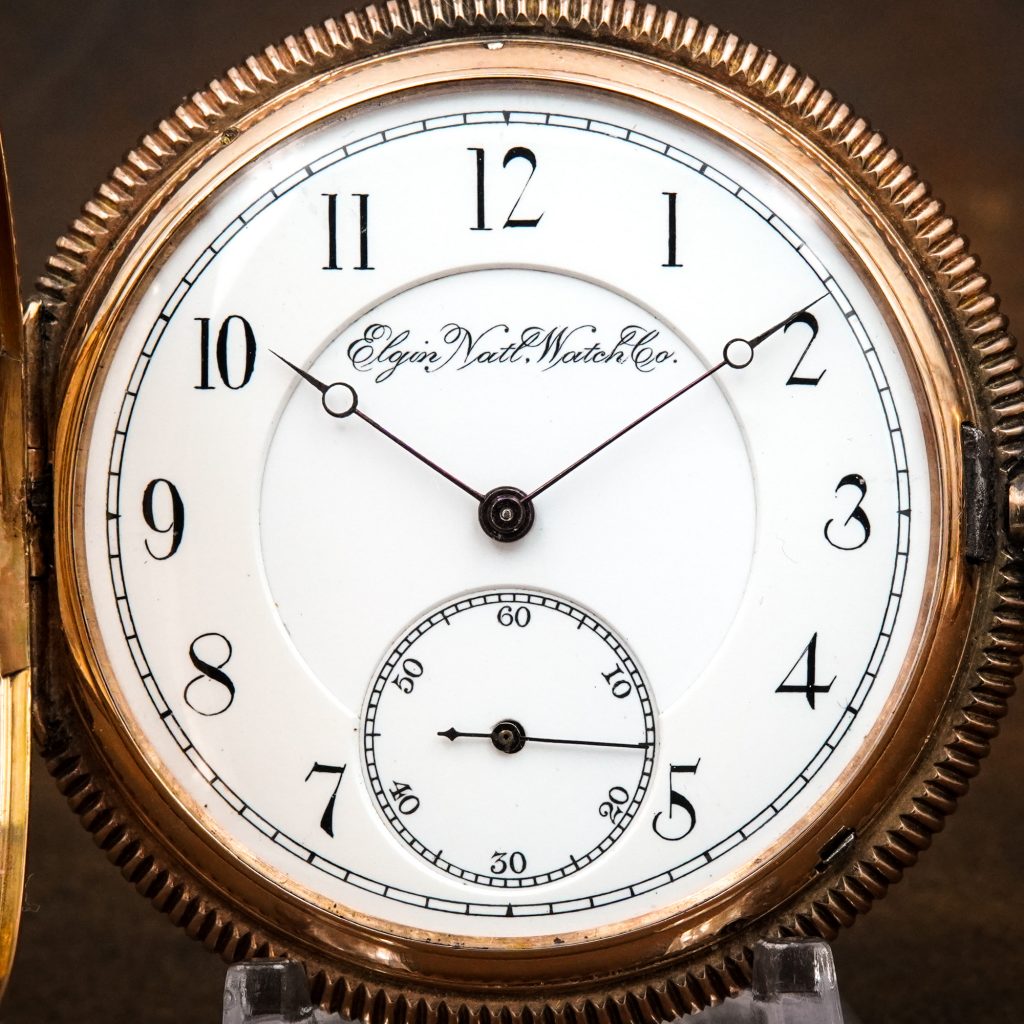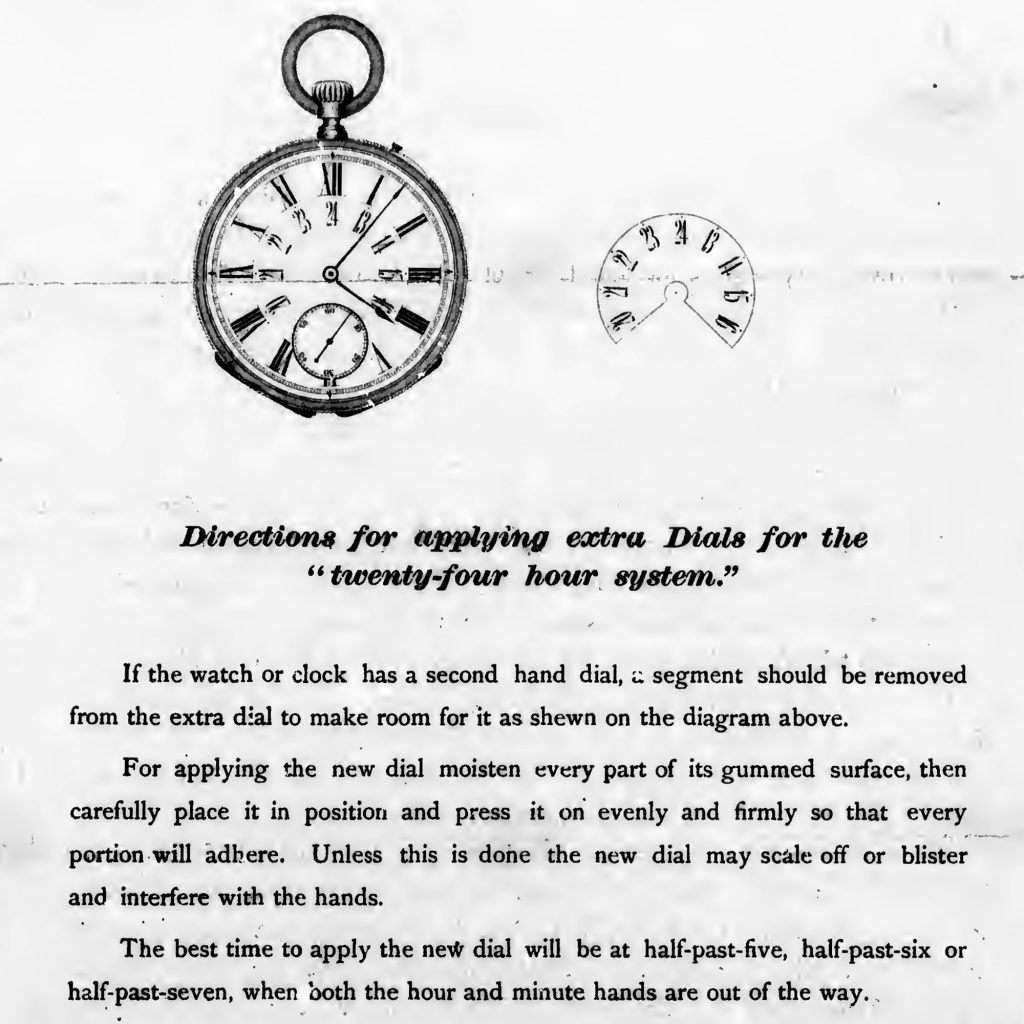
Dial

New image transfer techniques at the end of the 19th century also yielded innovative and practical dial designs. The “Rate Dial” Designed to Indicate Speed of Travel, c.1895, Fitted on.
Enamel Watch Dial Featuring 1909 Packard Model 18 Touring Car, Fitted on an Elgin 18-Size Grade 207 Another fantastic example of illustrative dials applied using image transfer techniques in the.

In the late 1890s, photography studios and jewelry supply companies capitalized on the growing trend of applying photographs to watch dials and cases. This novel feature was accomplished by a.
Pictured: Enamel Watch Dial Featuring Portrait Photograph, c.1891 In the 1890s, as photographic techniques were quickly advancing, the practice of placing portraits on enamel watch dials and case caps became.

Pictured: Early Arabic Dial on Elgin Interchangeable Movement, c.1885. Until the 1880s, watch dials manufactured in the United States almost exclusively featured Roman Numeral hourly indicators. Not only was this.
In June 1886, the Canadian Pacific Railway Company established new requirements for dials, specifying that the figures 13 to 24 must accompany the conventional hour indicators, aligning with the newly-adopted.







